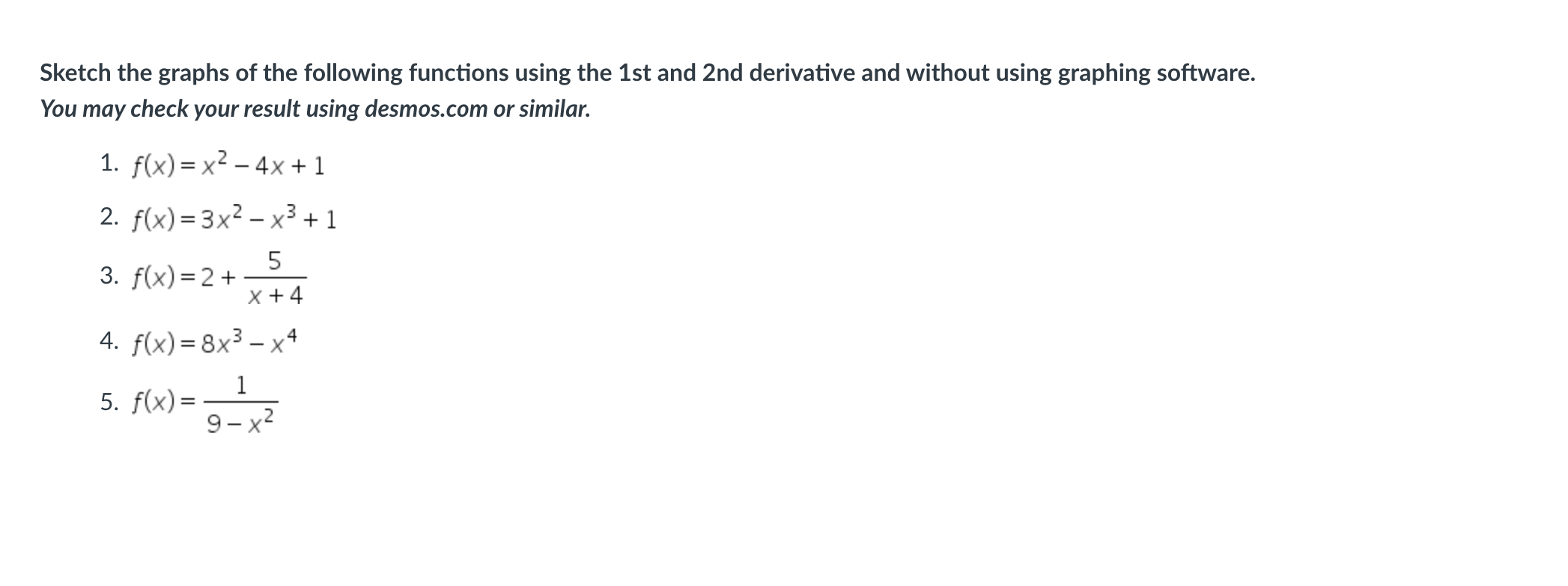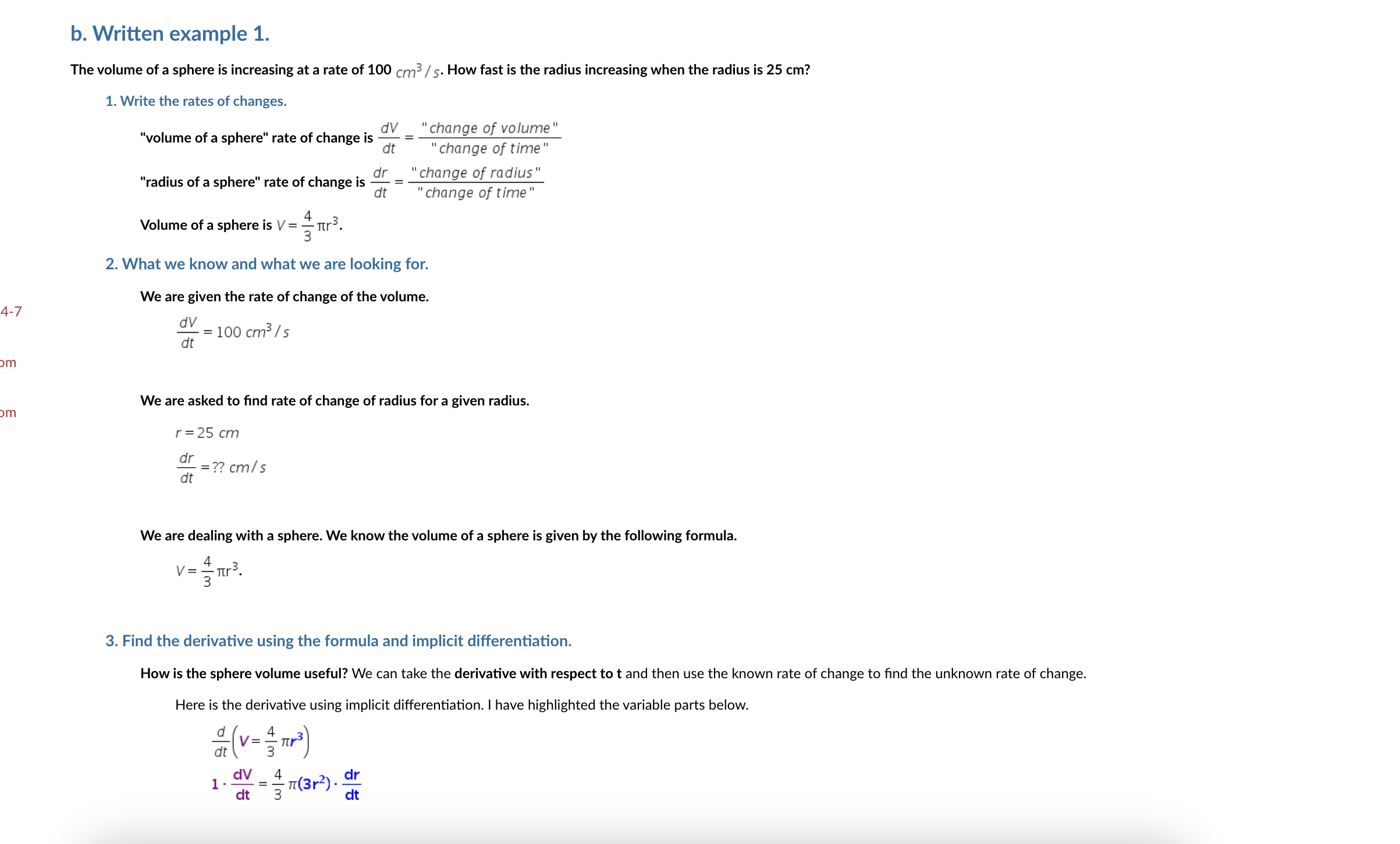Answered step by step
Verified Expert Solution
Question
1 Approved Answer
Sketch the graphs of the following functions using the 1st and 2nd derivative and without using graphing software. You may check your result using desmos.com








Step by Step Solution
There are 3 Steps involved in it
Step: 1

Get Instant Access to Expert-Tailored Solutions
See step-by-step solutions with expert insights and AI powered tools for academic success
Step: 2

Step: 3

Ace Your Homework with AI
Get the answers you need in no time with our AI-driven, step-by-step assistance
Get Started


